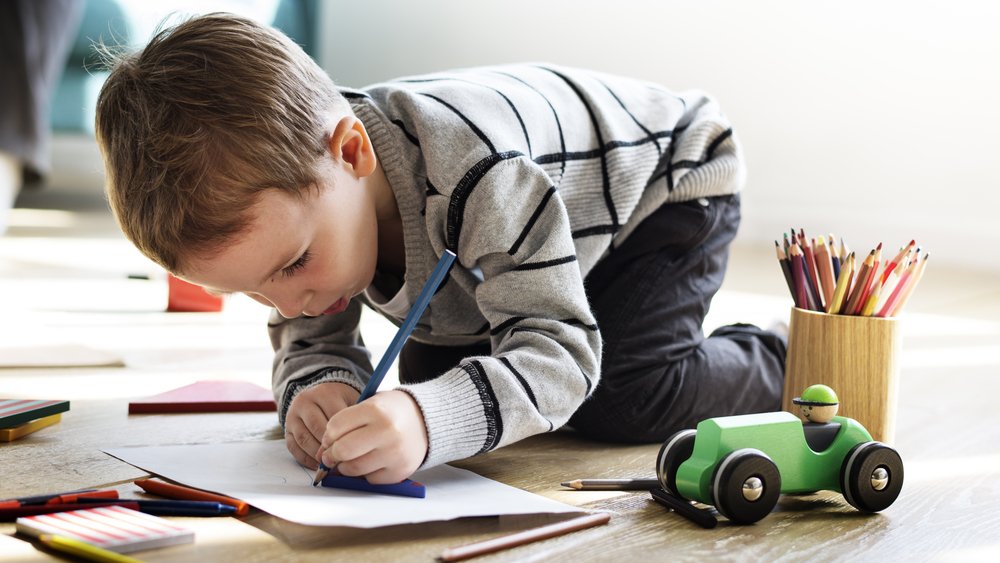Key points:
- Writing readiness involves the development of pre-writing skills in children, which relate to gross and fine motor skills.
- Skills necessary for handwriting include adequate eye-hand coordination, the capacity to hold a pencil correctly, and attention and memory skills to recognize letters and basic lines and figures.
- Scribbling and drawing behaviors before the age of five are crucial for reading and writing readiness, as they learn through seeing and doing.
- Many 2 and 3-year-old children can differentiate between writing and drawing, and many 4-year-olds know that print is structured in small bits represented by “words”, which can prepare them to begin writing their names with adequate stimulation.
Writing readiness refers to the development of some pre-writing skills in children that are fundamental for learning how to write.
As you can imagine, many of them relate to the ability of having our hand do what we want it to do, which is referred to as “gross motor skills”. On the other hand, the “fine motor skills” are the ones that enable us to hold writing instruments correctly and do it with the correct amount of force and speed to make a mark on a paper. That’s why for children to develop writing abilities, it’s crucial that they have plenty of positive experiences interacting with materials like paper and crayons before starting school.
Writing is a very complex process that requires the coordination of many processes at the same time: it requires managing sensory information, planning and sequencing it, and responding with the appropriate movements.
Some of the skills necessary to master handwriting are:
- Adequate eye-hand coordination
- Capacity to hold a pencil firmly in writing position
- Attention and memory skills necessary to recognize the letters of the alphabet
- Basic lines and figures stroke formation, meaning that a child can draw vertical and horizontal lines, as well as circles and basic shapes
According to a 2015 paper published by Dr. Cetin in the Educational Research and Reviews journal, all scribbling and drawing behaviors before the age of five are indispensable for the reading and writing readiness of children, as they learn through seeing and doing.
During infancy and toddlerhood, kids make random scribbles where the marks for both drawing and writing are undifferentiated. Afterwards, they start doing controlled scribbling, where they can say that they are drawing an object and can identify it by its name. This attribution of meaning to drawings, regardless of their technical mastery or accuracy, represents an important milestone in their cognitive development, as it attests that a child is beginning to grasp the idea that real objects can be symbolized using marks.
Research shows that 2 and 3 year old children can differentiate writing from drawing, and that many 4-year-olds know that print means something, that it is structured in small bits represented by “words”, and that their hidden message is decodified by following each line from left to right (or following other sequences depending on the language). At this point, with adequate stimulation, many kids are ready to start writing their names.








